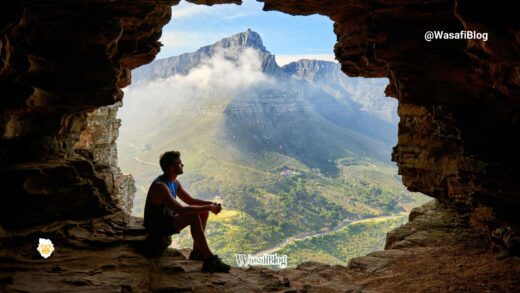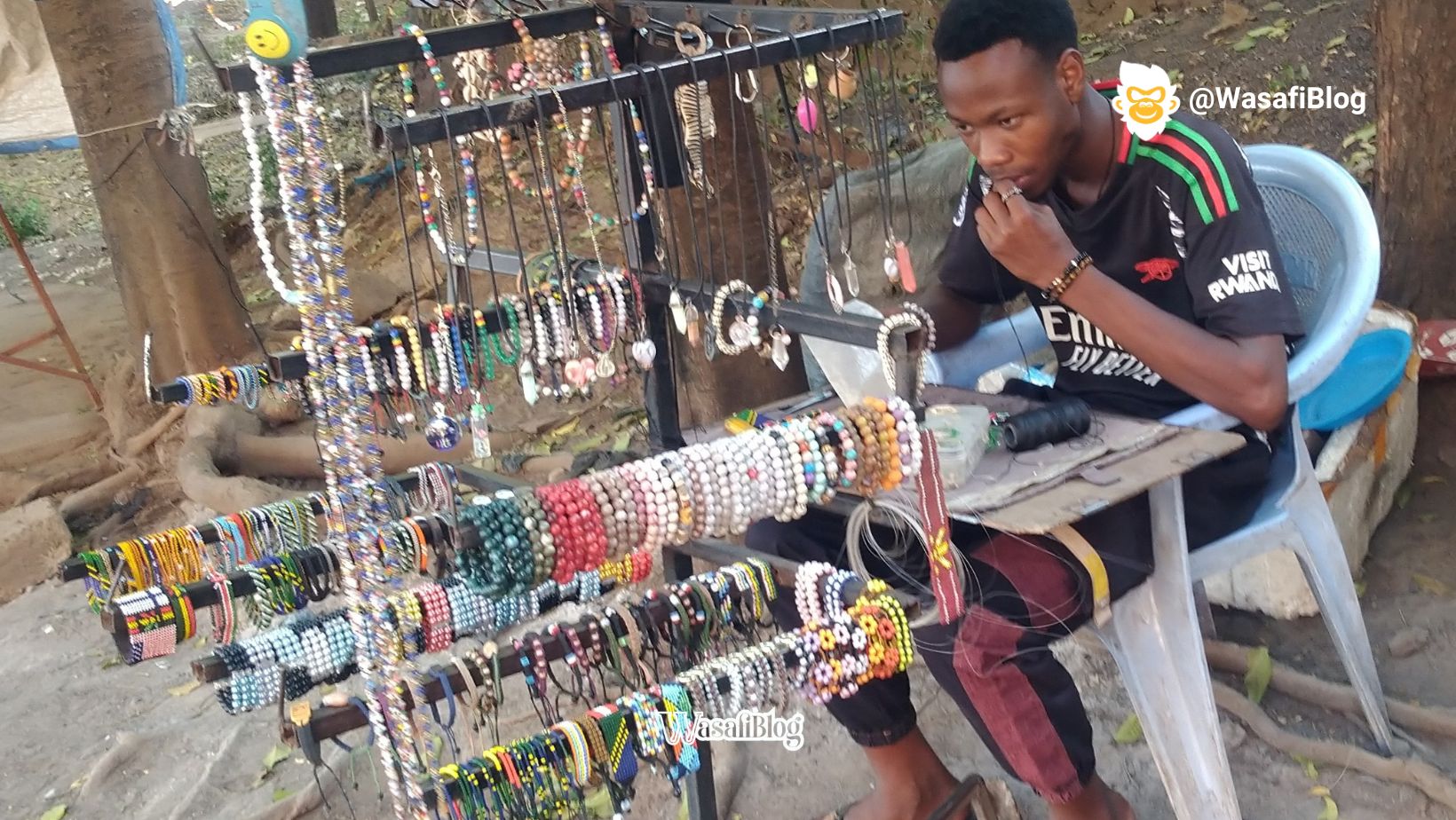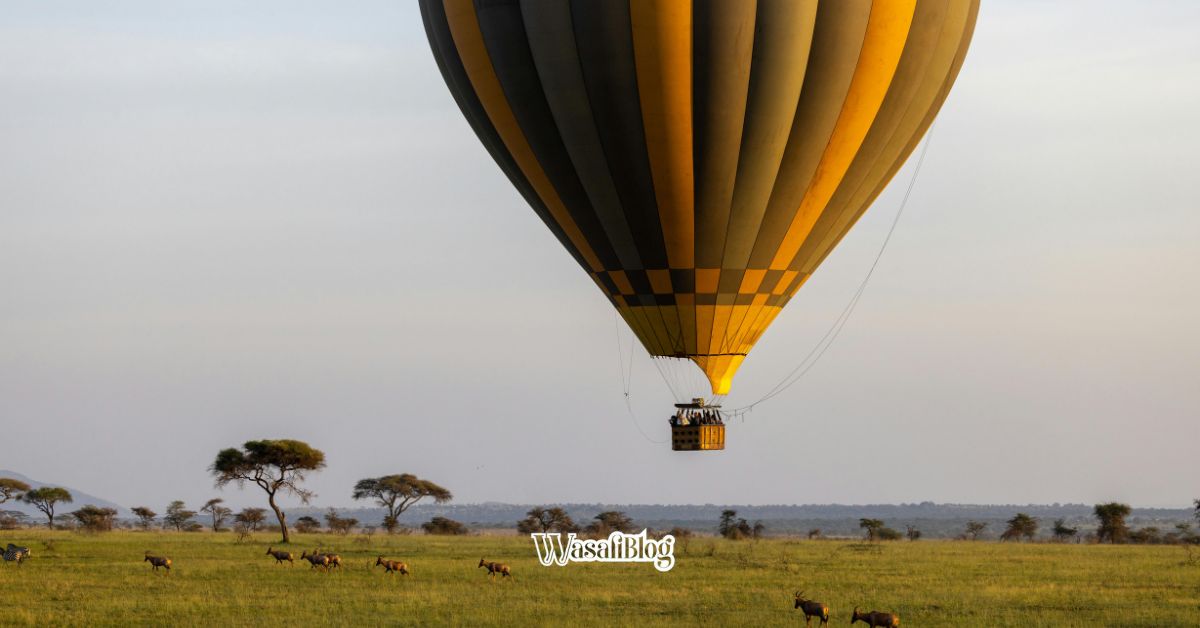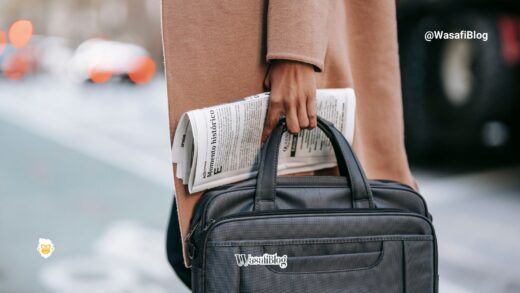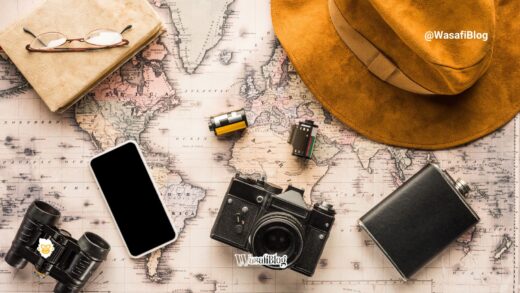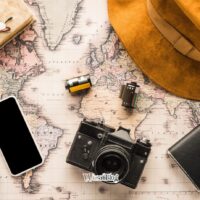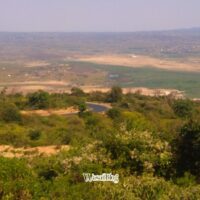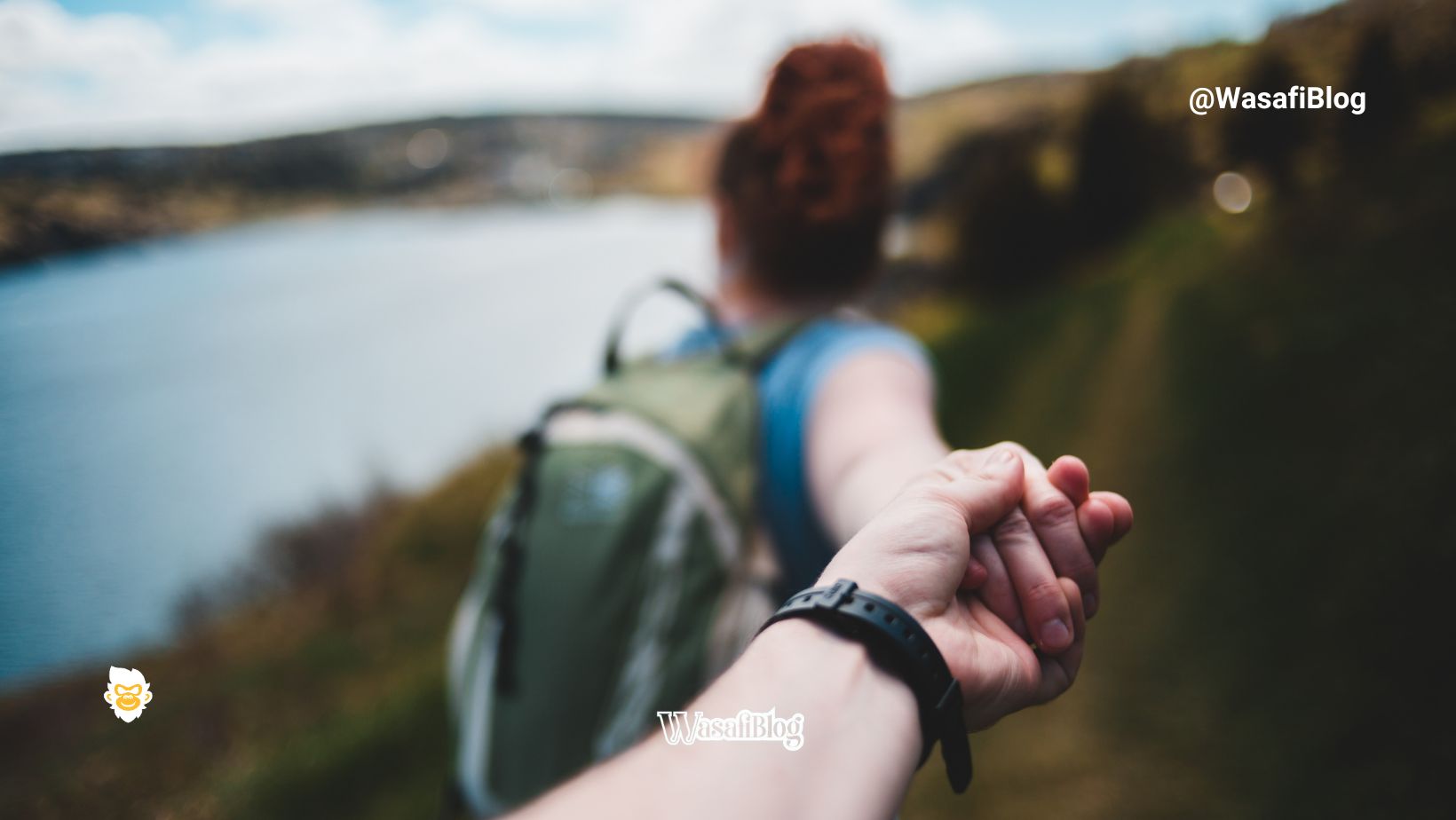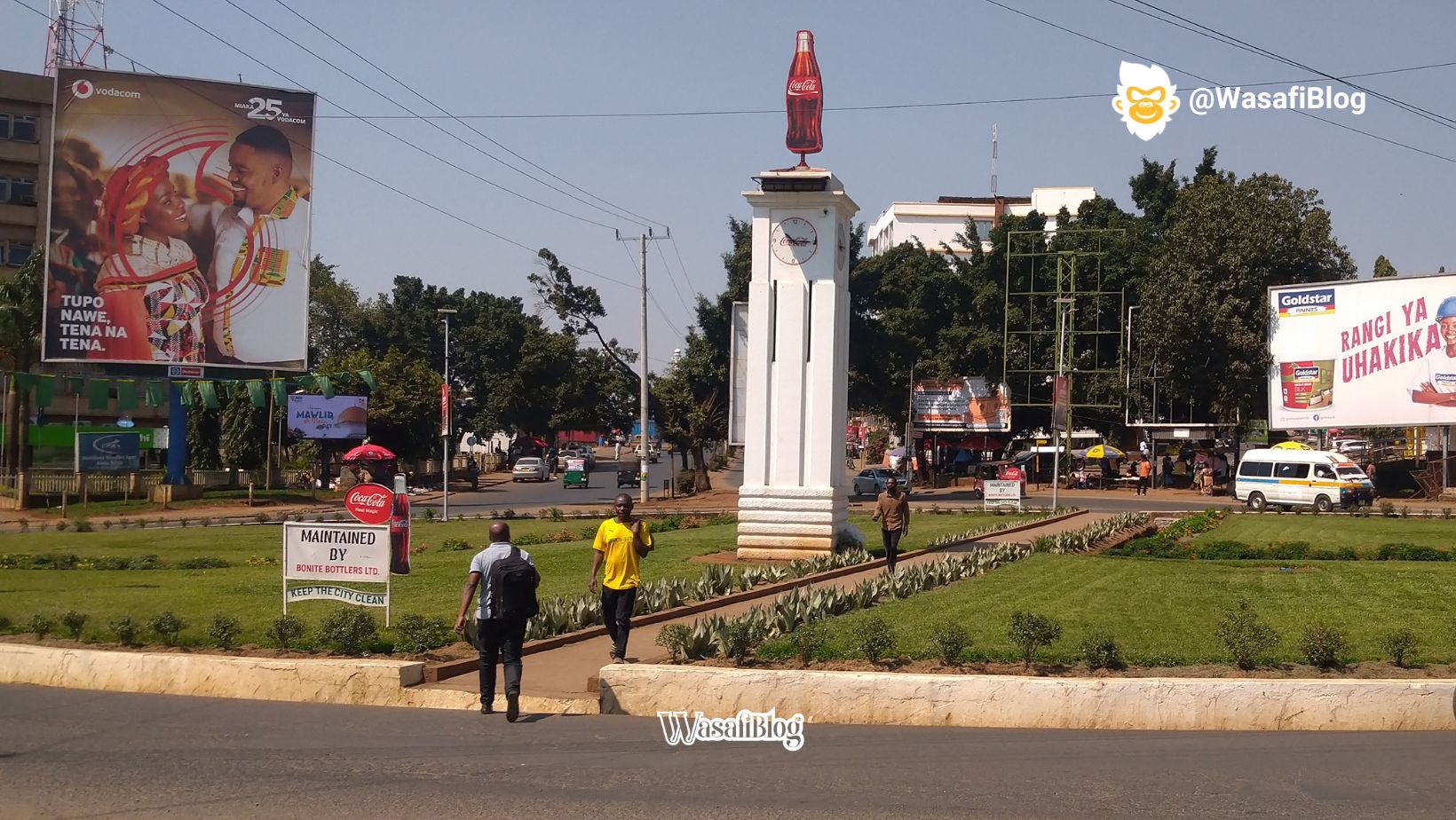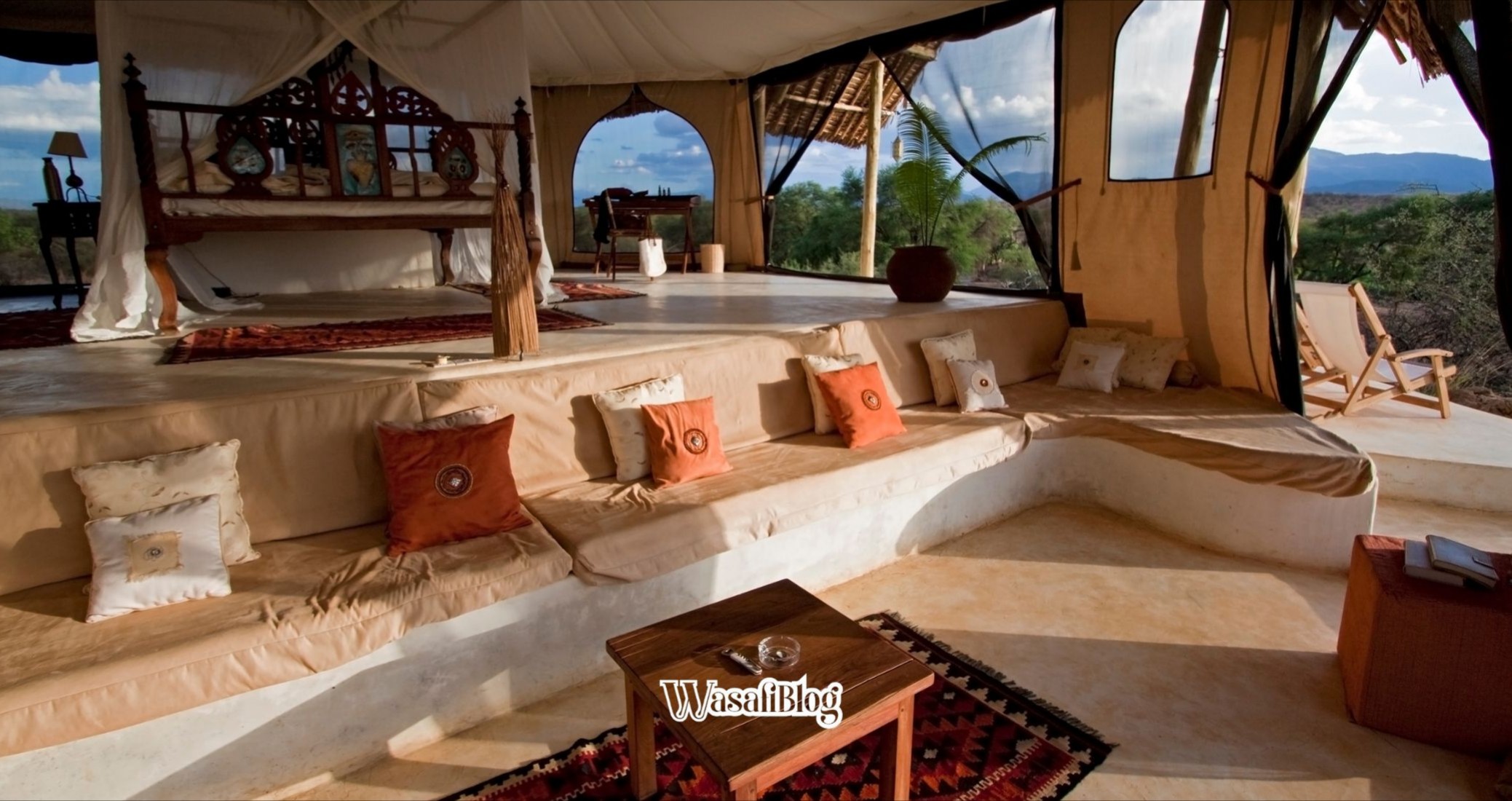Choosing the right safari clothing matters greatly for your trip to Tanzania. Proper attire keeps you comfortable and safe during your adventure. It also helps you blend in, making wildlife viewing even better. Think about the weather, sun, and colors when picking your clothes.
This is your ultimate safari packing guide, designed to take the stress out of preparation so you can focus on the adventure ahead.
Packing for a once-in-a-lifetime trip can feel . You want to be comfortable, prepared, and maybe even look good in those incredible photos you’re about to take.
Let’s dive into exactly what to wear on safari adventure in the beautiful landscapes of Tanzania.
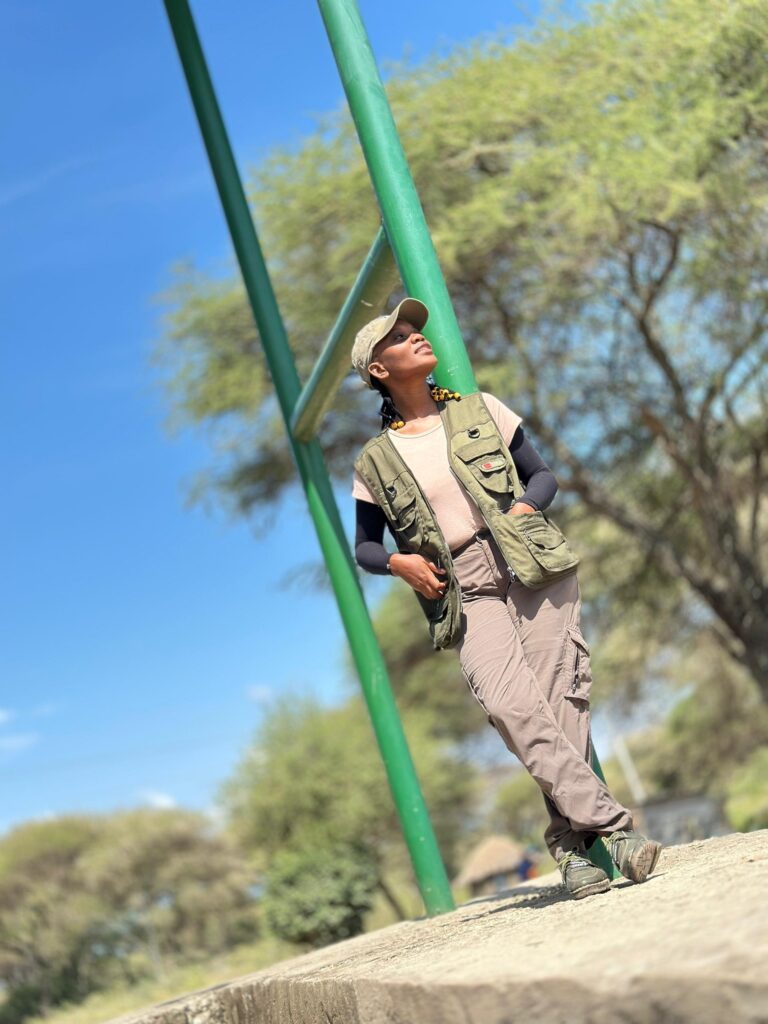
The Golden Rules of Safariwear: Color, Comfort, and Layers
Before we get to a specific checklist, let’s talk about the three core principles of dressing for a wildlife safari. Get these right, and everything else falls into place.
1. The Safari Color Palette: Think Neutral
This is the most important rule of thumb. When you’re in the bush, you want to blend in, not stand out. Think of the colors of the landscape itself: khaki, beige, olive green, stone, and muted browns.
- Why Neutral? Bright colors like red or pink can scare away wildlife, making you look like an unnatural threat. More importantly, certain colors should be actively avoided.
- Colors to Avoid:
- Black and Dark Blue: These colors are known to attract tsetse flies, which have a nasty, painful bite. While they are less of a problem in major parks like the Serengeti and Ngorongoro, it’s a good rule to follow.
- White: It gets dirty almost instantly and stands out sharply against the natural scenery.
- Camouflage: In many African countries, including Tanzania, camouflage patterns are reserved for the military. Wearing them as a civilian is illegal and can cause unwanted complications.
Stick to the classic, earthy tones. It’s not just for aesthetics; it’s a practical part of the experience.
2. Layering is Your Best Friend
Tanzania’s climate can be a game of contrasts. Early morning game drives can be surprisingly chilly, especially in an open-sided vehicle with the wind whipping past. By midday, the sun can be intense and hot. As evening descends, the temperature drops again.
The solution? Layers.
Start your day with a t-shirt, a long-sleeved shirt over it, and a fleece or mid-weight jacket. As the day warms up, you can peel off layers to stay comfortable. This adaptability is key to enjoying those long, incredible days out in the wild.
3. Prioritize Comfort and Practicality
A Tanzania Safari is an adventure, not a fashion show. You’ll be sitting in a 4×4 for hours, climbing in and out of the vehicle, and perhaps going on a walking safari. Your clothes need to be functional.
Choose lightweight, breathable, and moisture-wicking fabrics. Cotton is good, but technical fabrics often perform better by drying quickly and offering sun protection. Think durable, comfortable, and easy-to-move-in.
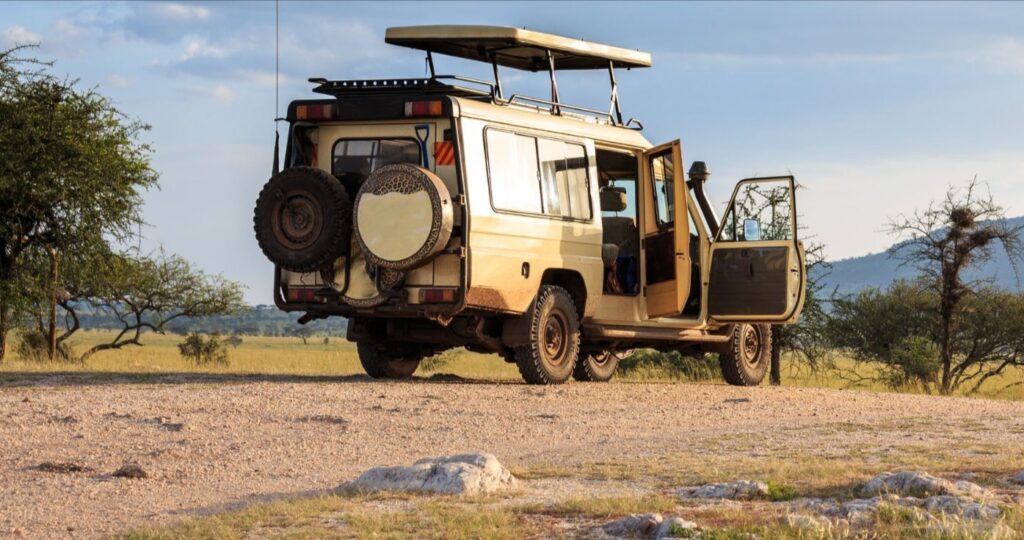
The Essential Tanzania Safari Clothes Checklist
Now for the specifics! Here’s a breakdown of what should make it into your duffel bag.
For Your Game Drives (The Core Wardrobe)
- 3-4 Short-Sleeved Shirts or T-Shirts: Choose neutral-colored, breathable t-shirts or polo shirts as your base layer.
- 2-3 Long-Sleeved Shirts: These are your all-stars. They protect you from the sun’s rays during the day and from mosquitoes in the evening. Look for button-up styles with roll-tab sleeves for versatility.
- 2 Pairs of Safari Trousers: Lightweight convertible pants (that zip off into shorts) are fantastic. Khakis or durable cotton trousers work perfectly. Avoid heavy jeans, as they are hot, bulky, and take forever to dry.
- 1 Pair of Shorts (Optional): Great for relaxing at the lodge midday, but less practical for game drives due to sun and insects.
- 1 Fleece or Mid-Weight Jacket: Absolutely essential for those cold mornings and evenings. A good fleece is the perfect safari companion.
- 1 Lightweight Waterproof Jacket/Windbreaker: Rain can be unpredictable, especially during the shoulder seasons. A packable rain jacket is a smart addition that doesn’t take up much space.
Footwear
You won’t be doing epic treks (unless you’ve booked a specific walking safari or are climbing Kilimanjaro). Comfort is key.
- Broken-In Walking Shoes: A comfortable pair of trail runners or sturdy sneakers is perfect for 99% of safari activities. There’s no need for heavy, cumbersome hiking boots.
- Sandals or Flip-Flops: Ideal for lounging around the safari lodge or camp and giving your feet a break.
Headwear & Accessories
- Wide-Brimmed Hat: Non-negotiable. The African sun is powerful. A hat will protect your face, neck, and ears.
- Sunglasses: Protect your eyes from the glare. Polarized lenses are a bonus for cutting through the haze.
- Bandana or Buff: Incredibly versatile. Use it to protect your neck from the sun, cover your face from dust on a bumpy road, or keep your hair back.
- Lightweight Scarf or Pashmina: A great multi-purpose item for extra warmth on a chilly evening, as a dust cover, or to add a touch of style to your dinner outfit.
Beyond the Clothes: Other Safari Essentials
Your safari packing isn’t complete without these crucial items.
- Daypack: A small backpack to carry your essentials on the vehicle each day (camera, binoculars, water, sunscreen, etc.).
- Binoculars: Don’t leave home without them! A good pair of binoculars will transform your wildlife viewing, bringing distant animals into sharp focus. This is a must-have.
- Camera, Extra Batteries, and Memory Cards: You will take more photos than you can possibly imagine.
- Sunscreen (SPF 30+): Apply it generously and often.
- Insect Repellent (with DEET): Crucial for evenings and areas where insects are present.
- Basic First-Aid Kit: Include pain relievers, antiseptic wipes, bandages, and any personal medications.
- Swimsuit: Many lodges and camps have beautiful pools—a perfect way to cool off in the afternoon.
- Universal Power Adapter & Power Bank: To keep all your electronics charged and ready to go.

A Quick Note on Luggage
Many safaris, especially those heading to remote airstrips in the Serengeti, involve small bush planes. These planes have strict luggage restrictions:
- Weight Limit: Usually around 15 kg (33 lbs) per person, including carry-on.
- Soft-Sided Bags ONLY: Hard-shell suitcases cannot fit in the small luggage compartments. A soft duffel bag is the required luggage.
Check with your tour operator, but pack light! Most lodges offer affordable laundry services, so you can re-wear outfits.
Final Thoughts:
For your Tanzania safari, focus on comfort and practical items. Neutral colors blends in with nature and layering your safari clothing lets you handle daily temperature changes with ease.
Packing for your African adventure doesn’t have to be complicated. You can stop worrying about your gear and fully immerse yourself in the magic of the moment—the sound of a distant lion’s roar, the sight of a giraffe gracefully striding across the plains, and the unforgettable sunset over the African bush.
Don’t forget important accessories like hats, sunglasses, and insect repellent for top protection.

